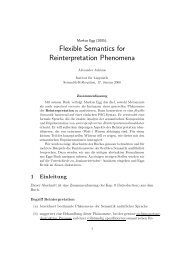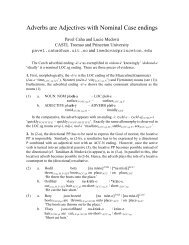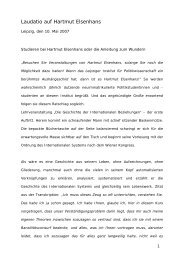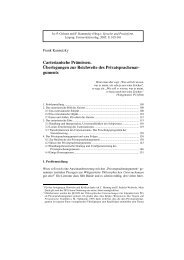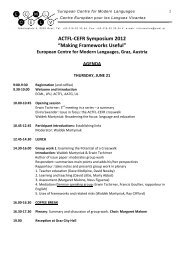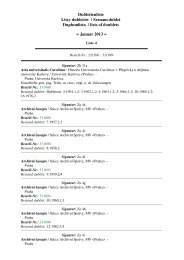2011 ACTFL CEFR Conference Report
2011 ACTFL CEFR Conference Report
2011 ACTFL CEFR Conference Report
Create successful ePaper yourself
Turn your PDF publications into a flip-book with our unique Google optimized e-Paper software.
Presentation Abstracts:<br />
“Language Proficiency <strong>2011</strong>”<br />
Carol A. Chapelle<br />
Over the past fifty years of language testing, language proficiency has been variously defined as consisting of a<br />
number of interrelated components such as grammatical competence and pragmatic competence. Despite the<br />
different histories and contexts of frameworks such as the <strong>ACTFL</strong> and the <strong>CEFR</strong>, they include reference to some<br />
common elements in scale descriptors. However, elements of proficiency named in scale descriptors also differ<br />
across scales intended to measure second language proficiency, and therefore projects comparing scales have to<br />
grasp the reasons for differences across scales. This paper will outline salient points of consensus evident in scale<br />
descriptors based on the two frameworks. It will also discuss why the elements of proficiency can differ across<br />
language scales depending on their intended purposes.<br />
“Elements of L2 proficiency: the <strong>CEFR</strong>’s action-oriented approach and its implications”<br />
David Little<br />
The <strong>CEFR</strong> “views users and learners of a language primarily as ‘social agents’, i.e. members of society who have<br />
tasks (not exclusively language-related) to accomplish in a given set of circumstances, in a specific environment and<br />
within a particular field of action” (Council of Europe 2001: 9). This action-oriented approach, with its emphasis on<br />
the agency of the individual L2 user/learner, is designed to help “educational administrators, course designers,<br />
teachers, teacher trainers, examining bodies, etc., to reflect on their current practice with a view to situating and coordinating<br />
their efforts and to ensuring that they meet the real needs of the learners to whom they are responsible’<br />
(ibid.: 1; emphasis added). The <strong>CEFR</strong> continues the Council of Europe’s effort to “make the process of language<br />
learning more democratic by providing the conceptual tools for the planning, construction and conduct of courses<br />
closely geared to the needs, motivations and characteristics of the learner and enabling him so far as possible to steer<br />
and control his own progress” (Trim 1978: 1; emphasis added). This presentation will summarize the elements of<br />
L2 proficiency identified by the <strong>CEFR</strong>’s action-oriented approach and consider the variety of possible learning<br />
trajectories implicit in the common reference levels. It will then explore some of the <strong>CEFR</strong>’s implications for<br />
language education policy, curriculum, pedagogy and assessment, and will conclude by suggesting a possible<br />
agenda for future action.<br />
References: Council of Europe, 2001: Common European Framework of Reference for Languages: Learning,<br />
teaching, assessment. Cambridge: Cambridge University Press; Trim, J.L.M., 1978: Some possible lines of<br />
development of an overall structure for a European unit/credit scheme for foreign language learning by adults.<br />
Strasbourg: Council of Europe.<br />
“A comparative analysis of the fundamental resources of communicative effectiveness in the <strong>ACTFL</strong>/ILR and<br />
<strong>CEFR</strong> frameworks”<br />
James Purpura<br />
Communicative effectiveness, or the ability to accomplish communicative tasks efficiently, depends to a large extent<br />
on a learner’s grammatical knowledge & how this knowledge is used to understand or produce a range of literal &<br />
pragmatic meanings in socially and culturally-rich language use contexts (Purpura, 2004).The measurement of<br />
communicative effectiveness across different proficiency levels is contingent upon a coherent system for measuring<br />
the fundamental elements of communication, so that raters have a basis for assigning scores, and equally important,<br />
so that teachers and learners have a basis for closing learning gaps. In this paper, I will examine the fundamental<br />
resources of communicative effectiveness underlying both the <strong>ACTFL</strong>/IRL and the <strong>CEFR</strong> frameworks as they are<br />
used to describe functional competency at different proficiency levels. I will then compare these resources across<br />
frameworks. Finally, I will discuss some of the research that has investigated the nature of language ability across<br />
the different proficiency levels for each of the frameworks.



